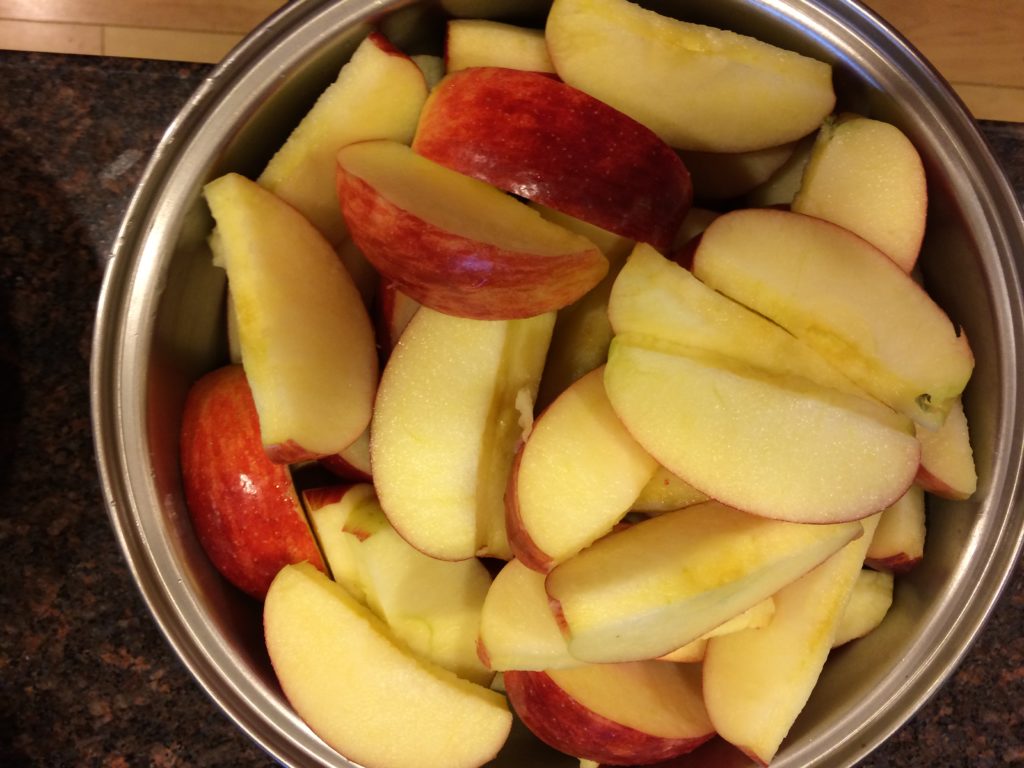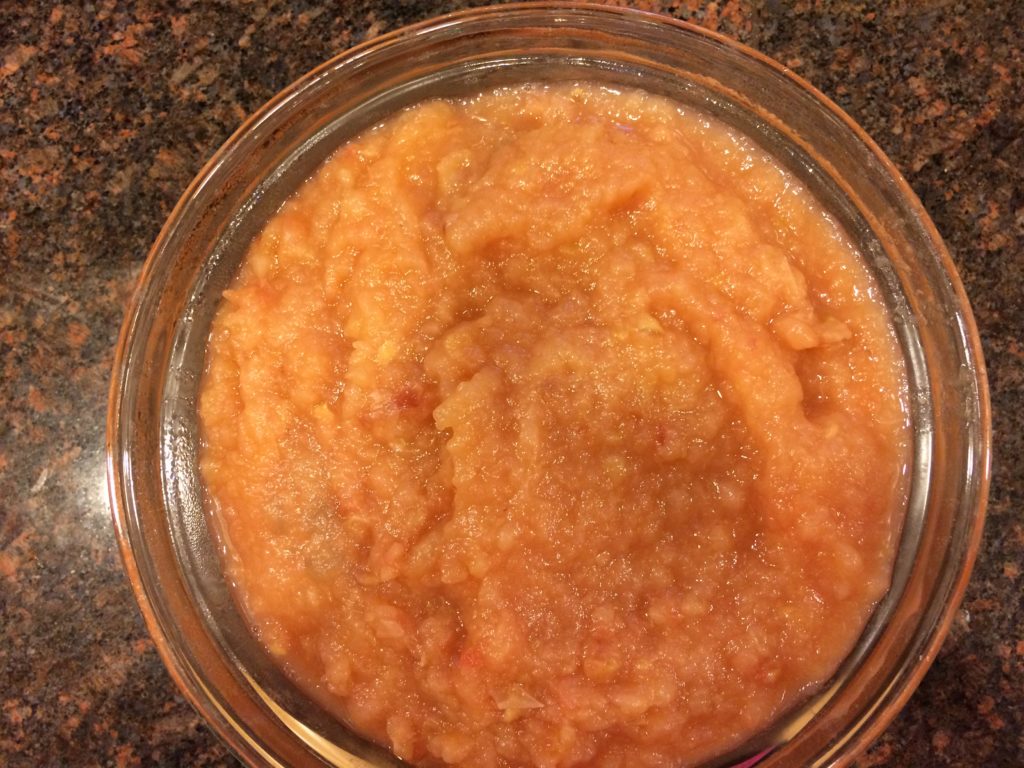When fresh figs are in season and you can get them for a decent price, buy them. I bought two pints the other day at the fruit stand and puzzled about what to do with them for the usual Friday Night Follies. Luckily, I found a recipe in Deborah Madison’s cookbook, Local Flavors, for a fall fruit salad featuring figs, pomegranate seeds, persimmons, and walnuts. Since I didn’t have any persimmons and we have one friend who’s allergic to walnuts, it was time to gemisch. [Gemisch is Yiddish for mess. It’s our in-house term for kitchen improvisations.] Below is what I came up with:
Fig-Pomegranate Salad
1 1/2 pints fresh figs
Seeds from one small pomegranate
A few grinds of freshly-ground black pepper
1/4 cup extra-virgin olive oil
2-3 tablespoons white wine vinegar
drizzle of honey
drizzle of pomegranate molasses
pinch salt
Combine the figs and pomegranate seeds in a medium bowl. Grind the pepper over the fruit. In a separate small bowl, whisk together the oil, vinegar, honey, pomegranate molasses, and salt. Pour the oil and vinegar mixture over the fruit; toss to coat. Serve at room temperature.
This was a big hit with the crew. It went very well with the main dishes, grilled salmon for the omnivores and chickpea fritters for the vegetarians. The crunch of the pomegranate seeds was a good contrast with the softness of the figs.





Recent Comments